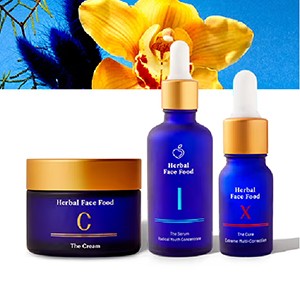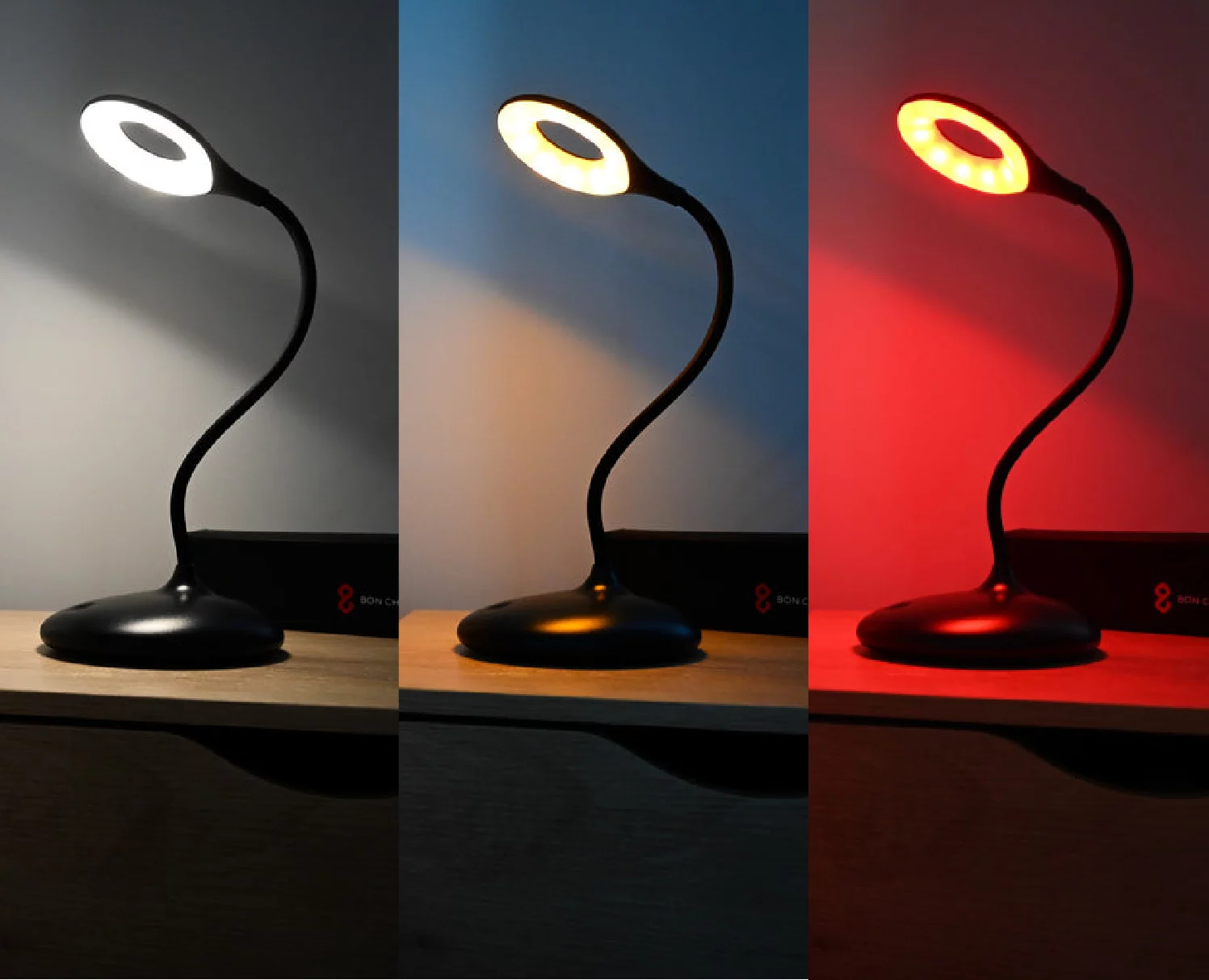A cold spell has officially hit the States, leaving even sunny California frostbitten. Much like the rest of the country, we’re staying indoors and doing our best to keep warm and toasty with healing teas, piping-hot soup and the coziest of blankets. The problem is that while we manage to avoid the wind chill, we’re succumbing to the somber, depressing mood that follows endless days of being cooped up. Without the sun’s rays to recharge our batteries and to lift our spirits, seasonal affective disorder (SAD) looms over our heads. A very real and diagnosable condition, SAD, as it’s so appropriately named, is something to watch out for. Many of us fall under its spell without realizing that our melancholy mood is not a post-holiday let down, but a change in brain chemistry.
SAD is a biochemical imbalance in the brain that develops when the winter months set in and our exposure to daylight and bright sun wanes. The exact cause is not conclusive, but it is believed that with decreased exposure to sunlight, the internal biological clock that regulates mood, sleep, and hormones is shifted. The change from day to night prompts the release of the sleep-related hormone called melatonin. Melatonin tells your brain that it’s time for sleep, controlling your natural circadian rhythm. When the days are shorter and darker, more melatonin is produced, which is believed to disrupt the normal circadian rhythm, leading to SAD. Typical symptoms of SAD include hopelessness; anxiety; irritability; loss of interest; fatigue; weight gain; difficulty concentrating, sleeping or making decisions; and a decrease in energy.
While conventional treatment leans toward the use of antidepressant drugs, there are other ways to address this condition. In an effort to help you bust through those winter blues, we’ve compiled a list of the best ways to boost your mood holistically. Decide what’s right for you, then get ready to turn your SAD into glad…
Light Therapy
Proven the most effective treatment for SAD by research, light therapy involves sitting in front of or beneath a light box that produces a very bright light. Light boxes artificially simulate high-intensity sunlight, helping to reset the circadian rhythms of the body. Treatment should begin in the fall season and be performed on a daily basis throughout the winter months.
TCM Pick: NatureBright SunTouch Plus Light and Ion Therapy Lamp
Vitamin D
Newer research suggests that a vitamin D deficiency may be a root cause of the onset SAD. Supplementation to raise levels to normal has been shown to improve the condition. It is estimated that 70 percent of the U.S. population is D-deficient, with the numbers rising in the winter months. Therefore, taking a vitamin D supplement daily may be needed to effectively treat SAD. Look for a D3 supplement that is hexane-free – this is the safest and most bioavailable form of vitamin D.
TCM Pick: D3 Liquid by Pure Encapsulations
B Vitamins
B vitamins play a foundational role in the chemistry of the brain and therefore the mood. Countless research studies have shown that optimal vitamin B levels improve the mood and may even treat mood-related disorders such as depression. Make sure to purchase a supplement that is made from a live-source and offers end-chain forms of the B vitamins. This ensures that the vitamins can be utilized by the cells rapidly, and are not derived from coal tar.
TCM Pick: Max B ND by Premier Research Labs
Omega-3 Fatty Acids
Omega-3 fatty acids are the healthy fats found in cold-water fish, raw nuts and seeds, and superfoods such as flax, hemp and chia seeds. Omega-3 fatty acids are building blocks for the nerves and brain, and are needed for the proper growth, development and function of brain tissue. The evidence is quite compelling that increasing omega-3 intake enhances many aspects of brain function, including the control of mood and aspects of personality, and lowering the incidence of depression. Taking an omega-3 fatty acid that includes both EPA and DHA is a great step in improving the mood and fighting SAD.
TCM Pick: Omega 3 EPA/DHA by Life Extension
SAMe
SAMe (S-adenosyl methionine) is a chemical that raises the serotonin levels in the brain. Serotonin is a neurotransmitter that contributes to feelings of well-being and happiness. As a result, it has been found to reduce symptoms of depression and may be effective in treating SAD. Several studies have shown that SAMe can be beneficial and might be as effective as some prescription medications used for depression, making it a great alternative.
TCM Pick: SAMe by Designs for Health
5-HTP
5-HTP (5-hydroxytryptophan) is a chemical made from the amino acid tryptophan, which the body then converts into serotonin. 5-HTP dietary supplements are shown to help raise serotonin levels in the brain, positively effecting mood and fighting depression. Some studies suggest that it may work as well as antidepressants, and has little to no side effects. You can’t get 5-HTP from food, so supplementation is necessary.
TCM Pick: 5-hydroxtryptophan by Thorne Research












